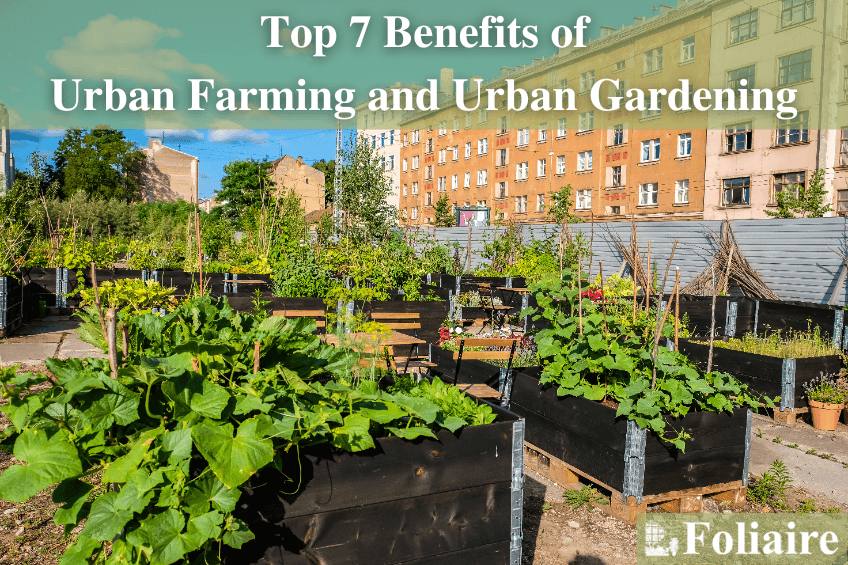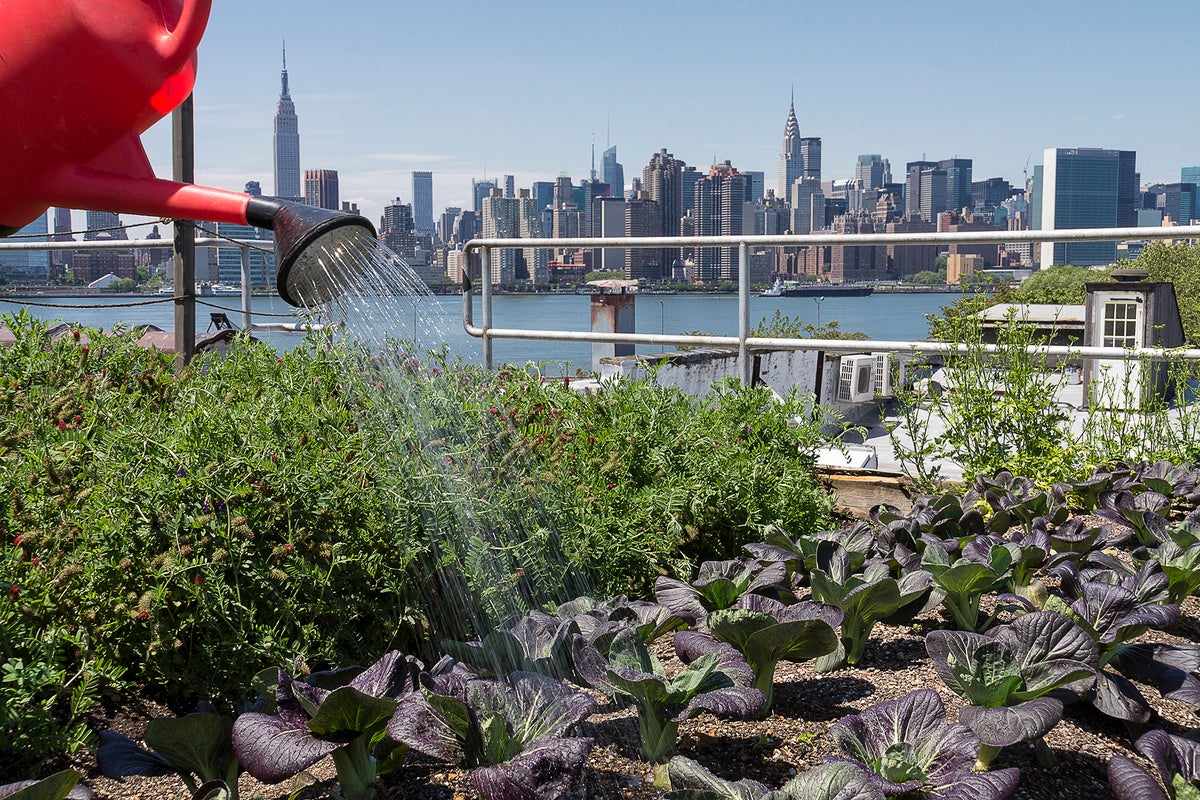Some Known Incorrect Statements About City Blooming
Some Known Incorrect Statements About City Blooming
Blog Article
Facts About City Blooming Revealed
Table of Contents4 Easy Facts About City Blooming Shown7 Easy Facts About City Blooming DescribedCity Blooming Fundamentals ExplainedAn Unbiased View of City Blooming3 Easy Facts About City Blooming Explained
Fascinated in expanding food offer for sale in the City of Chicago? Considering beginning a neighborhood garden? Modifications to the Chicago Zoning Regulation allow agricultural uses like community yards and urban farms in lots of components of the city. Below is a checklist of regularly asked questions relating to the regulations and laws that growers need to think about when preparing an urban agriculture project.
The zoning change does not change any type of various other codes managing composting, building permits, acquiring or leasing City possessed residential property, company licenses or ecological contamination. There are existing codes that control these issues and they stay completely result and may be applicable to your project. Community yards are normally possessed or handled by public entities, public organizations or community-based organizations and kept by volunteers.
Urban ranches grow food that is planned to be offered, either on a not-for-profit or for-profit basis. Due to their business objective, city ranches need a service permit. Yes. A community yard is enabled to sell surplus generate that was grown on website if the sales are accessory or subservient to the garden's primary objective defined above.
Indicators on City Blooming You Need To Know
Composting is enabled yet just for plant material that is generated and made use of on website. The amount of garden compost product can not go beyond 25 cubic lawns at any given time according to the requirements in 7-28-715 of the City's Municipal Code. Yes. Since the soil at most brand-new garden websites needs modifying, garden compost, soil, timber chips, or various other products can be gotten to create or improve the growing area - home and garden.

If a structure authorization is required after that the hoophouse will certainly be taken into consideration an accessory building. You can learn even more regarding the structure authorization requirements by speaking to the Department of Structures. The 25,000-square-foot dimension limitation is meant to stop a solitary neighborhood yard from dominating a provided block or interfering with the block's existing domestic or commercial character.
The limitation does not use to gardens found in Public Open Area (POS) areas. Can there be more than one neighborhood yard that is 25,000 square feet on a solitary block? Fence is not needed, nonetheless, yards that have large auto parking locations may be called for her explanation to mount secure fencing or other landscape design attributes.
City Blooming Fundamentals Explained
B1 & B2 areas call for that all business usage tasks be performed indoors. Is fence needed for urban farms? Fences may be needed, along with landscaping and screening, for particular car parking areas and outdoor work or storage areas depending on area and the specific task taking location.
Yes. Urban ranches require building authorizations and zoning authorizations prior to building and construction. Various other types of city review might be needed depending on particular frameworks, activities, dimension, landscaping, licensing, public heath and stormwater management problems. A number of these demands are identified in the job design or permitting procedure, however, the applicant might be responsible to separately identify particular licenses or permits that might be required.
Yes. The kind of permit is established by what is happening at the site. The Department of Business Matters and Consumer Defense can aid determine the particular kind of service permit that's needed. Yes. Off street auto parking is needed for most industrial tasks in Chicago. The needed variety of garage is based on the number of staff members dealing with site and not the square footage of the expanding area.
Not known Factual Statements About City Blooming

A metropolitan farm can offer garden compost material generated on site, however, the operation needs to conform with the policies in 7-28-715 of the Chicago Municipal Code. Aquaponic systems are enabled inside your home on city ranches in several zoning areas.
Approximately five hives or colonies of honey bees might be maintained as an accessory usage. However, beekeepers should register with the Illinois Department of Farming. For additional information concerning the proposed zoning amendment you may call the Division of Real Estate and Economic Growth, Bureau of Preparation and Zoning at 312.744.8563.
Farming in cities and city locations A city farm in Chicago. Urban agriculture describes different practices of growing. https://www.ted.com/profiles/47172561, handling, and dispersing food in metropolitan locations. The term likewise applies to the location tasks of pet husbandry, aquaculture, beekeeping, and gardening in a metropolitan context. Urban farming is differentiated from peri-urban agriculture, which occurs in rural locations at the side of residential areas.
Things about City Blooming
, that seek to form social networks started on a common values of nature and neighborhood holism. These networks can establish by method of formal institutional assistance, ending up being integrated right into regional community preparation as a "transition community" movement for sustainable city advancement.
In either instance, the extra direct access to fresh veggie, fruit, and meat products that may be understood through metropolitan agriculture can boost food security and food security while lowering food miles, bring about reduced greenhouse gas discharges, consequently adding to climate change mitigation. A few of the initial evidence of urban farming originates from Mesopotamia.
Report this page